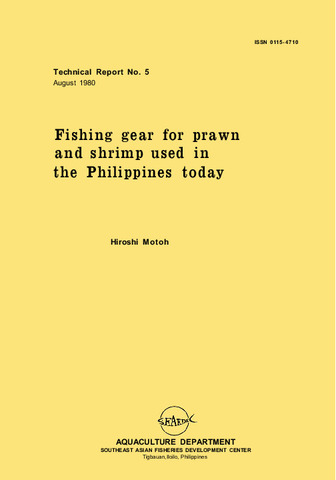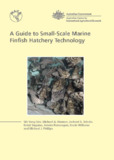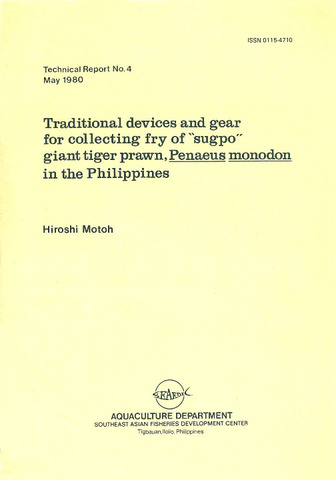Enhancing the reproductive performance of cultured shrimp: novel information on scent, maturation, and mating
| dc.contributor.author | Santander-Avancena, Sheryll | |
| dc.date.accessioned | 2022-07-20T04:35:11Z | |
| dc.date.accessioned | 2022-07-27T07:55:56Z | |
| dc.date.available | 2022-07-20T04:35:11Z | |
| dc.date.available | 2022-07-27T07:55:56Z | |
| dc.date.issued | 2022-07 | |
| dc.identifier.uri | http://hdl.handle.net/20.500.12066/6981 | |
| dc.description.abstract | What are sex pheromones and how do they function in the courtship and mating of shrimps and other crustaceans? Best known as chemical compounds excreted by animals to initiate reproduction-related responses from their potential mates, pheromones became an important factor in shrimp culture. An earlier study, showed that the domesticated shrimp had a reduced level of pursuit behavior than the wild-caught and suggested that sex pheromones could have played a role in this behavioral difference. Domesticated penaeids are typically reared communally until ready for use as broodstock wherein animals are continually exposed to varying chemical cues. There is a close relationship between chemicals involved in molting and mating of closed thelycum species but information regarding the effect of prolonged exposure of male penaeids to molting and sex pheromones of females on reproduction behavior is not available. In 2021, SEAFDEC/AQD conducted a research to evaluate the possible implications of monosex rearing on gonad maturation and reproduction behavior of Penaeus indicus broodstock. Results demonstrated that the traditional communal rearing of male and female P. indicus broodstock do not have a significant effect on the ovary development and sperm quality of female and male broodstock, respectively. But this common practice of rearing male and female broodstock together significantly reduced reproductive related behavior leading to lower successful matings compared to when broodstock were reared monosex. This novel information could be linked to previous report on reduced successful matings previously reported in black tiger prawn, P. monodon. Therefore, monosex rearing should be considered as an alternate broodstock setup as this will facilitate optimized sexspecific nutritional manipulation and even potentially increase the mating success of domesticated penaeid broodstock. | en |
| dc.language.iso | en | en |
| dc.publisher | Secretariat, Southeast Asian Fisheries Development Center | en |
| dc.subject | prawns and shrimps | en |
| dc.subject | maturation | en |
| dc.title | Enhancing the reproductive performance of cultured shrimp: novel information on scent, maturation, and mating | en |
| dc.type | magazineArticle | en |
| dc.citation.volume | 20 | en |
| dc.citation.issue | 1 | en |
| dc.citation.spage | 13 | en |
| dc.citation.epage | 19 | en |
| dc.citation.journalTitle | Fish for the People | en |
| dc.subject.asfa | shrimp culture | en |
| dc.subject.asfa | reproduction | en |
| dc.subject.asfa | mating | en |
| dc.subject.asfa | Pheromones | en |
Files in this item
| Files | Size | Format | View |
|---|---|---|---|
| Reproductive-performance.pdf | 748.3Kb | application/pdf | View/ |
This item appears in the following Collection(s)
-
Fish for the People [37]
These articles were contributed by SEAFDEC/AQD staff to Fish for the People Magazine



